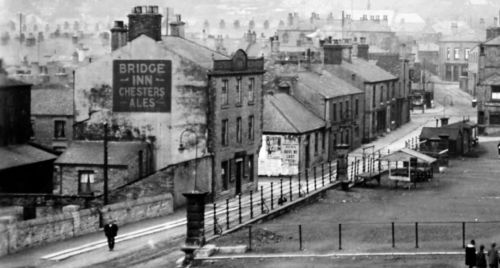
Market Street mid 1920s |

Market Street mid 1920s |
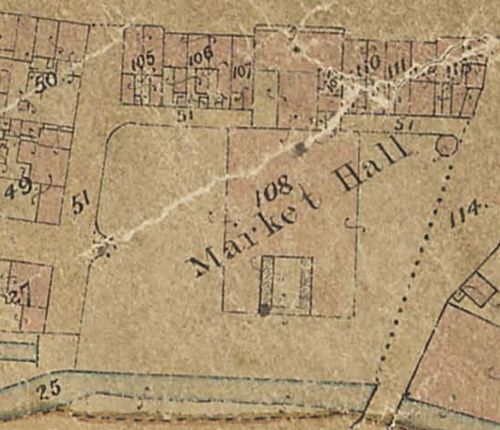
|
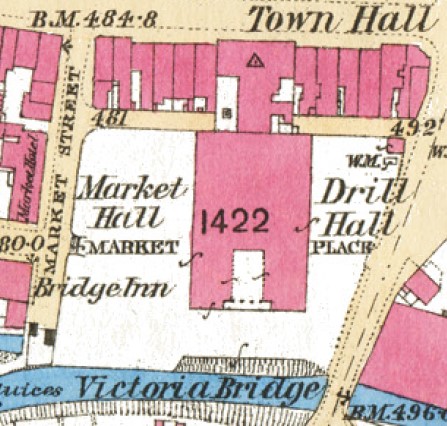
|
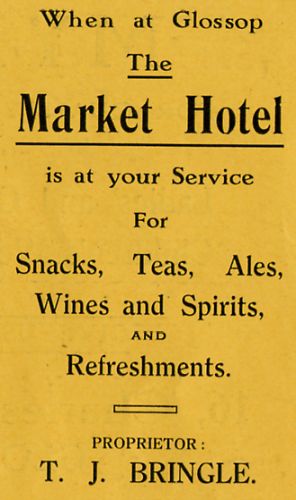
Advertisement for the Market Hotel from the Manor Park opening souvenir programme, 1927 |

|
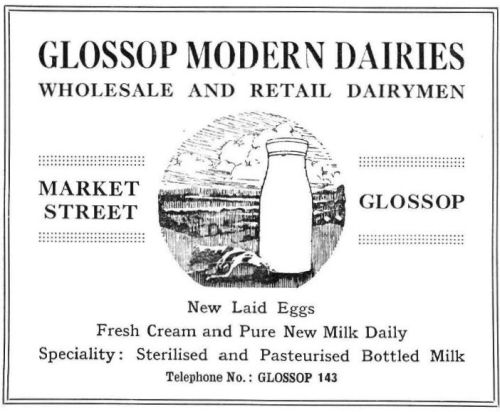
Advertisement for Glossop Modern Dairies from the Glossop Handbook 1933 |
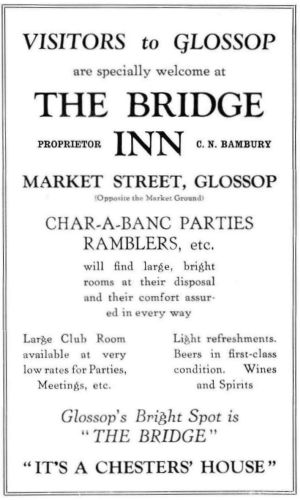
Advertisement for the bridge Inn from the Glossop Handbook 1933 |